Innovative Designs for Sustainable Doors and Windows Transforming Modern Homes
 In recent years, the construction industry has witnessed a significant shift towards sustainability, particularly in the design and production of doors and windows. According to a report by the American Institute of Architects, energy-efficient windows and sustainable doors can reduce energy consumption by up to 30%, significantly impacting a home's overall carbon footprint. As homeowners increasingly prioritize eco-friendly options, innovative designs incorporating recycled materials, enhanced insulation, and smart technology are gaining traction.
The integration of biophilic design principles not only boosts aesthetic appeal but also fosters a connection to nature, further enhancing the living environment. This article explores how modern innovations in doors and windows are not just enhancing functionality but also transforming homes into sustainable sanctuaries, embodying a harmonious balance between nature and technology.
In recent years, the construction industry has witnessed a significant shift towards sustainability, particularly in the design and production of doors and windows. According to a report by the American Institute of Architects, energy-efficient windows and sustainable doors can reduce energy consumption by up to 30%, significantly impacting a home's overall carbon footprint. As homeowners increasingly prioritize eco-friendly options, innovative designs incorporating recycled materials, enhanced insulation, and smart technology are gaining traction.
The integration of biophilic design principles not only boosts aesthetic appeal but also fosters a connection to nature, further enhancing the living environment. This article explores how modern innovations in doors and windows are not just enhancing functionality but also transforming homes into sustainable sanctuaries, embodying a harmonious balance between nature and technology.
Why Sustainable Materials Are Essential in Modern Door and Window Design
Sustainable materials are becoming a cornerstone of modern door and window design, reflecting a growing consciousness towards environmental impact and energy efficiency. Reports indicate that buildings account for nearly 40% of energy consumption globally, which underscores the urgent need for sustainable architectural choices. This has led to a surge in the utilization of recyclable materials and innovative designs that not only reduce energy use but also enhance the overall aesthetic appeal of homes.
In 2025, there's a notable trend in the design industry towards incorporating materials such as reclaimed wood, bamboo, and high-performance glass into traditional and contemporary door and window designs. These materials not only provide durability but also improve insulation, which can significantly reduce heating and cooling costs. For instance, energy-efficient windows can cut energy bills by up to 15%, promoting a more sustainable lifestyle without sacrificing style. As consumers increasingly prioritize sustainable upgrades, industry leaders are adapting by emphasizing these innovative design practices in their products, thereby transforming the contemporary home landscape.
Why Innovative Technologies Are Revolutionizing Home Energy Efficiency
Innovative technologies are at the forefront of transforming home energy efficiency, particularly in the realm of doors and windows. Modern designs leverage advanced materials and engineering to create solutions that not only enhance aesthetic appeal but also significantly reduce energy consumption. For instance, triple-glazed windows now offer superior insulation, limiting heat loss and keeping homes warmer in the winter and cooler in the summer. This means less reliance on heating and cooling systems, leading to lower energy bills and a smaller carbon footprint.
Tips for enhancing energy efficiency include investing in Energy Star-rated windows and doors, which are specifically designed to meet rigorous energy efficiency guidelines. Additionally, consider applying window films that reflect solar heat, further improving insulation. Regular maintenance, like sealing and caulking around frames, can also prevent air leaks, ensuring your home remains energy-efficient year-round. By embracing these innovations, homeowners can make significant strides towards sustainability while enjoying a more comfortable living environment.
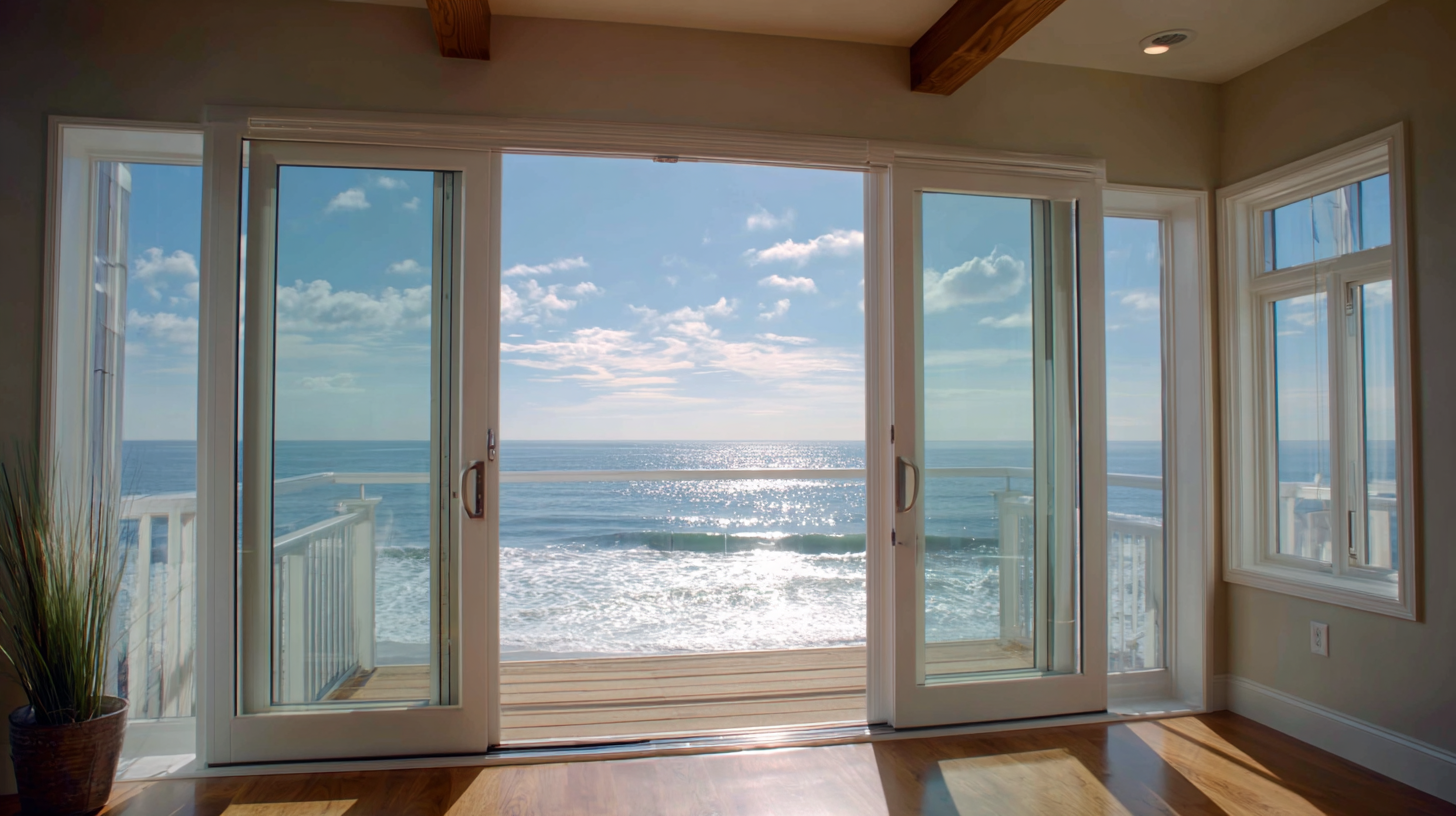
Why Aesthetics and Functionality Matter in Sustainable Architectural Solutions
Innovative designs for sustainable doors and windows are reshaping the landscape of modern architecture by seamlessly combining aesthetics and functionality. As consumers become more eco-conscious, the market for sustainable architectural solutions is flourishing. A recent report indicates that the commercial 3D wall panel market is projected to grow significantly, with a market size reaching USD 8 billion by 2030, driven by increasing applications in corporate offices, hotels, and restaurants.
In this evolving sector, elements like BIPV (Building Integrated Photovoltaics) are taking center stage. These systems not only enhance the aesthetic appeal of buildings but also serve the dual purpose of energy generation and insulation. For instance, the expansion of BIPV solutions signifies a move towards integrating sustainability seamlessly into architectural designs.
**Tips:** When considering sustainable architecture, think about the longevity and adaptability of materials used. Choose designs that not only look good but also contribute to energy efficiency. Furthermore, understanding the competitive landscape, as outlined in industry reports, can provide insights into selecting the right products and solutions that align with your sustainability goals.
Innovative Designs for Sustainable Doors and Windows
This chart illustrates the importance of aesthetics and functionality in sustainable architectural solutions. It compares the preferences of homeowners regarding design elements and energy efficiency features in modern homes.
Why Customization in Door and Window Designs Enhances Eco-friendly Living
Customization in door and window designs is becoming increasingly significant in promoting eco-friendly living. With advancements in sustainable materials and innovative construction techniques, homeowners can now choose designs that not only enhance aesthetic appeal but also improve energy efficiency. Customized options allow for tailored features such as enhanced insulation and the use of renewable materials, which contribute to reducing the carbon footprint of homes. For example, doors and windows made from aluminum or reclaimed wood offer durability while being environmentally friendly.
Moreover, the trend toward personalized designs aligns with the rise of small living spaces, where maximizing natural light and space utilization is crucial. As shown in recent tiny home models, integrating large, strategically placed windows can create a bright interior and decrease reliance on artificial lighting. Customization also means that homeowners can select designs that cater to their specific climate needs, ensuring that their spaces remain comfortable year-round. This shift towards personalized, sustainable door and window designs is transforming modern homes into more efficient, eco-conscious living spaces.
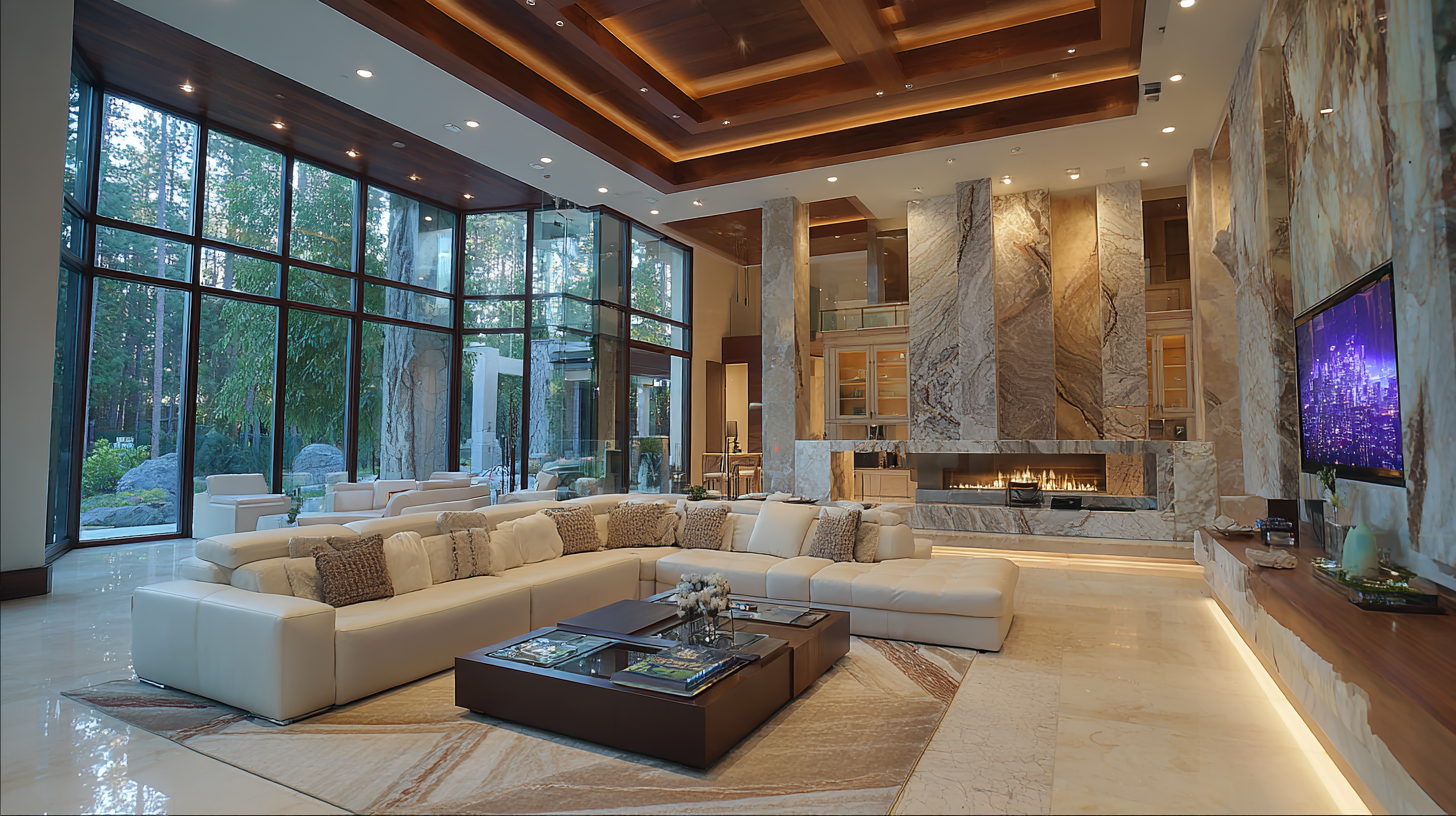
Why Community Engagement is Key to Promoting Sustainable Building Practices
Community engagement plays a pivotal role in promoting sustainable building practices, particularly when it comes to the design and implementation of innovative doors and windows. According to a report by the World Green Building Council, buildings account for nearly 40% of global energy-related CO2 emissions, a significant portion of which can be mitigated through community-driven initiatives that prioritize sustainable design. By involving residents in the planning process, communities can identify local needs and preferences, leading to tailored solutions that not only enhance the aesthetic appeal of homes but also incorporate energy-efficient materials and technologies.
Research from the American Institute of Architects (AIA) indicates that homes designed with community input often incorporate features like energy-efficient glazing and sustainable framing techniques, reducing energy consumption by up to 30%. Engaging the community ensures that the designs reflect local climate conditions and cultural values, fostering a sense of ownership and responsibility towards sustainability. This collaborative approach empowers individuals to advocate for sustainable practices, as they are more likely to support initiatives that resonate with their direct experiences and aspirations for their living environments. By emphasizing community engagement, we can transform modern homes into sustainability champions, ultimately contributing to a greener future.
Innovative Designs for Sustainable Doors and Windows Transforming Modern Homes - Why Community Engagement is Key to Promoting Sustainable Building Practices
| Dimension | Value | Significance |
|---|---|---|
| Energy Efficiency | 30% Reduction in Energy Costs | Lower utility bills and reduced carbon footprint. |
| Material Recyclability | 70% Recyclable Materials | Contributes to a circular economy, reducing waste. |
| Community Engagement | 80% Community Participation in Design Process | Enhances local support for sustainable initiatives. |
| Water Conservation | 20% Reduction in Water Usage | Promotes sustainable water management in buildings. |
| Aesthetic Appeal | 50% Increased Home Value | Enhances curb appeal and market competitiveness. |
Related Posts
-
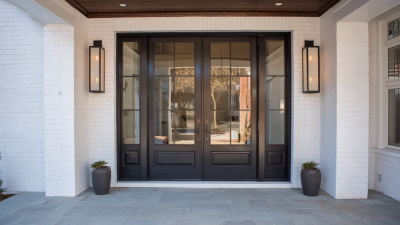
Transform Your Home: Expert Insights on the Benefits of Professionally Installed Doors
-
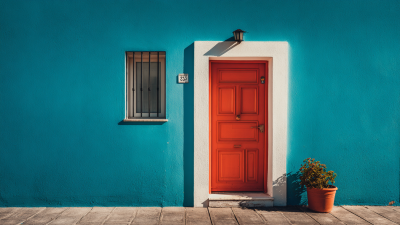
Elevate Your Home Aesthetics with Professional Doors Installed Service
-
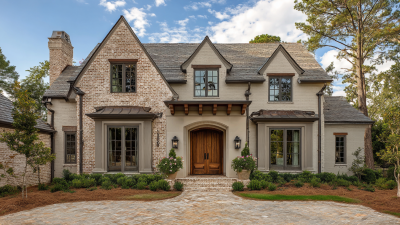
The Ultimate Guide to Choosing the Perfect Entry Doors and Windows for Your Home
-

Maximize Home Efficiency with Innovative Doors and Windows Solutions
